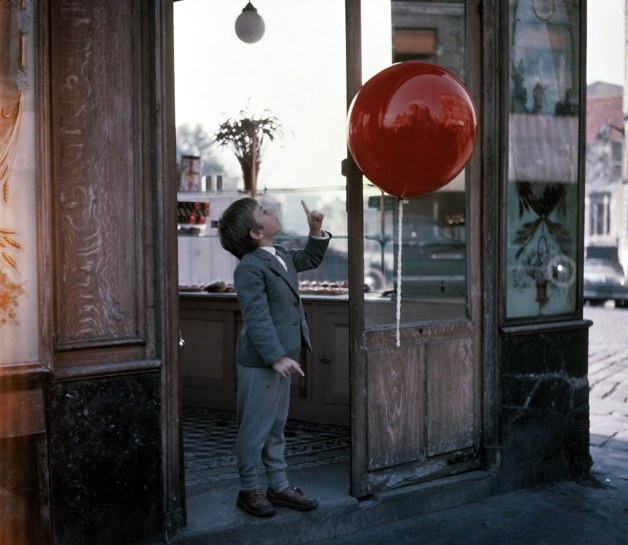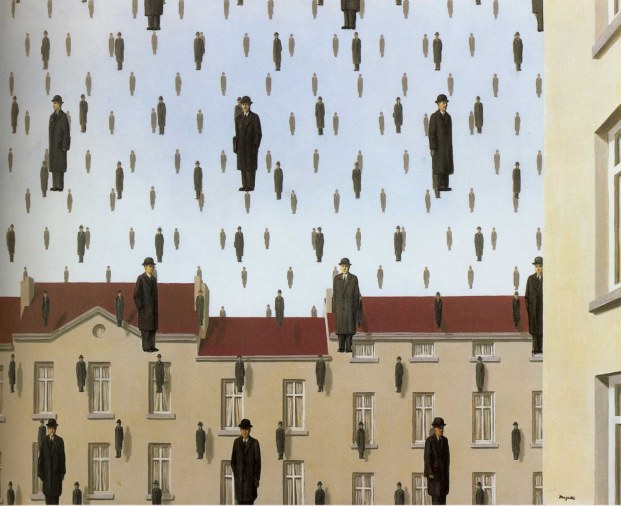“God makes all things good; man meddles with them and they become evil.”
Jean-Jacques Rousseau

A beautiful, pure-hearted young woman, Maleficent, has an idyllic life growing up in a peaceable forest kingdom, until one day when an invading army threatens the harmony of the land. Maleficent rises to be the land’s fiercest protector, but she ultimately suffers a ruthless betrayal – an act that begins to turn her pure heart to stone. Bent on revenge, Maleficent faces a battle with the invading king’s successor and, as a result, places a curse upon his newborn infant Aurora. As the child grows, Maleficent realizes that Aurora holds the key to peace in the kingdom – and perhaps to Maleficent’s true happiness as well.
 Theatrical release poster
Theatrical release poster
On May 12, 2009, it was revealed that Brad Bird was developing a live-action motion picture based on Walt Disney‘s Sleeping Beauty (Clyde Geronimi, Les Clark, Eric Larson, and Wolfgang Reitherman, 1959), retold from the point of view of Maleficent with Angelina Jolie starring as the eponymous character. In January 2010, it was rumored that Tim Burton was to direct the film. Reports surfaced online in May 2011 stating that Burton had left the project to focus on his other upcoming projects; Disney began to look for a replacement director, with David Yates being cited as a potential candidate due to his experience with the fantasy genre, having directed the final four Harry Potter films. On January 6, 2012, Disney announced that Robert Stromberg would direct the film.
 The character is Disney’s version of the wicked fairy godmother from the original French fairy tale, loosely based on Carabosse from Tchaikovsky’s famous ballet
The character is Disney’s version of the wicked fairy godmother from the original French fairy tale, loosely based on Carabosse from Tchaikovsky’s famous ballet
Maleficent (2014) marks the directorial debut of Robert Stromberg after serving as a visual effects supervisor on numerous films, including Master and Commander: The Far Side of the World (Peter Weir, 2003), and more significantly, as a production designer of Avatar (James Cameron, 2009), Alice in Wonderland (Tim Burton, 2010), and Oz the Great and Powerful (Sam Raimi, 2013); the first two films earned him consecutive Academy Awards for Best Production Design.
Angelina Jolie also said that “having a director (Robert Stromberg) coming from the world of production design really helped pull me into the fairy tale world. The film is beautiful but also has a sexy, dark edge because the story is coming from the point of view of a villain.”
 By coincidence, Maleficent (2014) was released on May 30, 2014; precisely the same year as the 55th anniversary of Walt Disney’s classic Sleeping Beauty (1959)
By coincidence, Maleficent (2014) was released on May 30, 2014; precisely the same year as the 55th anniversary of Walt Disney’s classic Sleeping Beauty (1959)
Angelina Jolie worked very closely with Anna B. Sheppard,the costume designer and make-up department to develop Maleficent’s menacing look. Disney executives objected, hoping to take advantage of Jolie’s beauty in marketing the film, but the actress insisted that the character maintain the scarier look of the animated incarnation. Maleficent’s prosthetics and make-up were inspired by singer Lady Gaga, particularly on her Born This Way album cover.
 Single cover designed by Nick Knight
Single cover designed by Nick Knight
Angelina Jolie based her character’s speech and accent in homage of the original Sleeping Beauty voice actor Eleanor Audley. Her laughter in the film was also based on the best variation she tried in front of her children and chosen by them.
 Vivienne Jolie-Pitt, who portrays Princess Aurora as a young girl, is the daughter of Angelina Jolie (who plays Maleficent in the movie) and Brad Pitt
Vivienne Jolie-Pitt, who portrays Princess Aurora as a young girl, is the daughter of Angelina Jolie (who plays Maleficent in the movie) and Brad Pitt
Angelina Jolie was definitely interested to be in the movie to begin with. She repeatedly stated it was because 1.) she grew up on Disney movies as a child, especially Sleeping Beauty (1959); she was quite fond of the character Maleficent: “Since I was a little girl, Maleficent was always my favorite,” Jolie said. “I was terrified of her, but I was also drawn to her. I wanted to know more about her. She had this elegance and grace, yet she was wonderfully, deliciously cruel,” 2.) she wanted to a movie in which her children can go see her in, as well as the fact that her children really also wanted her to be in the movie, 3.) the beauty, warmth, complexity, and strong intelligence of the script, and 4.) she was very impressed with Maleficent’s characterization for this film. In fact, Jolie also served as an executive producer on the film.
 Maleficent marked the first time that Elle Fanning has appeared in a film opposite Angelina Jolie, after starring opposite Brad Pitt, Jolie’s fiancé, in The Curious Case of Benjamin Button (David Fincher, 2008).
Maleficent marked the first time that Elle Fanning has appeared in a film opposite Angelina Jolie, after starring opposite Brad Pitt, Jolie’s fiancé, in The Curious Case of Benjamin Button (David Fincher, 2008).
 Movie still from Le Ballon Rouge.
Movie still from Le Ballon Rouge. 





































